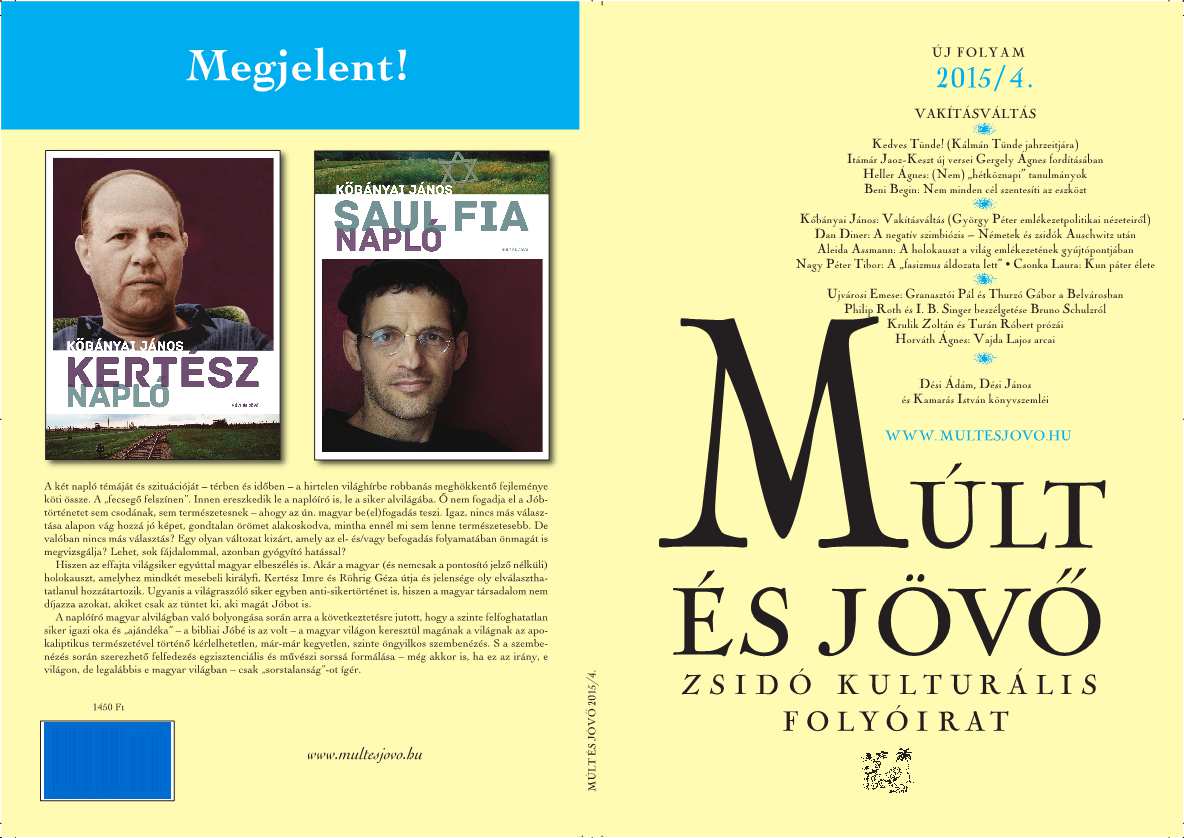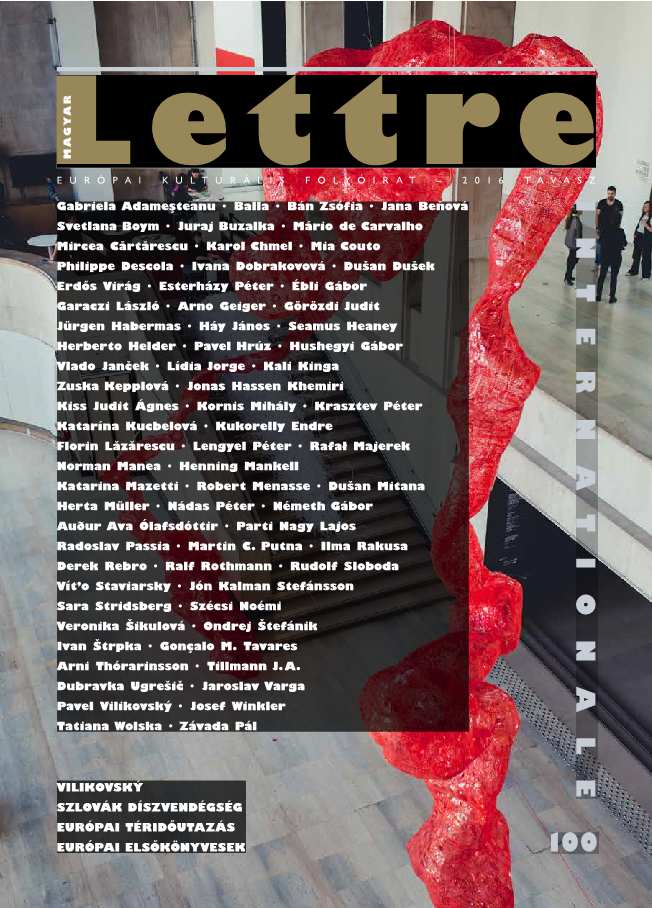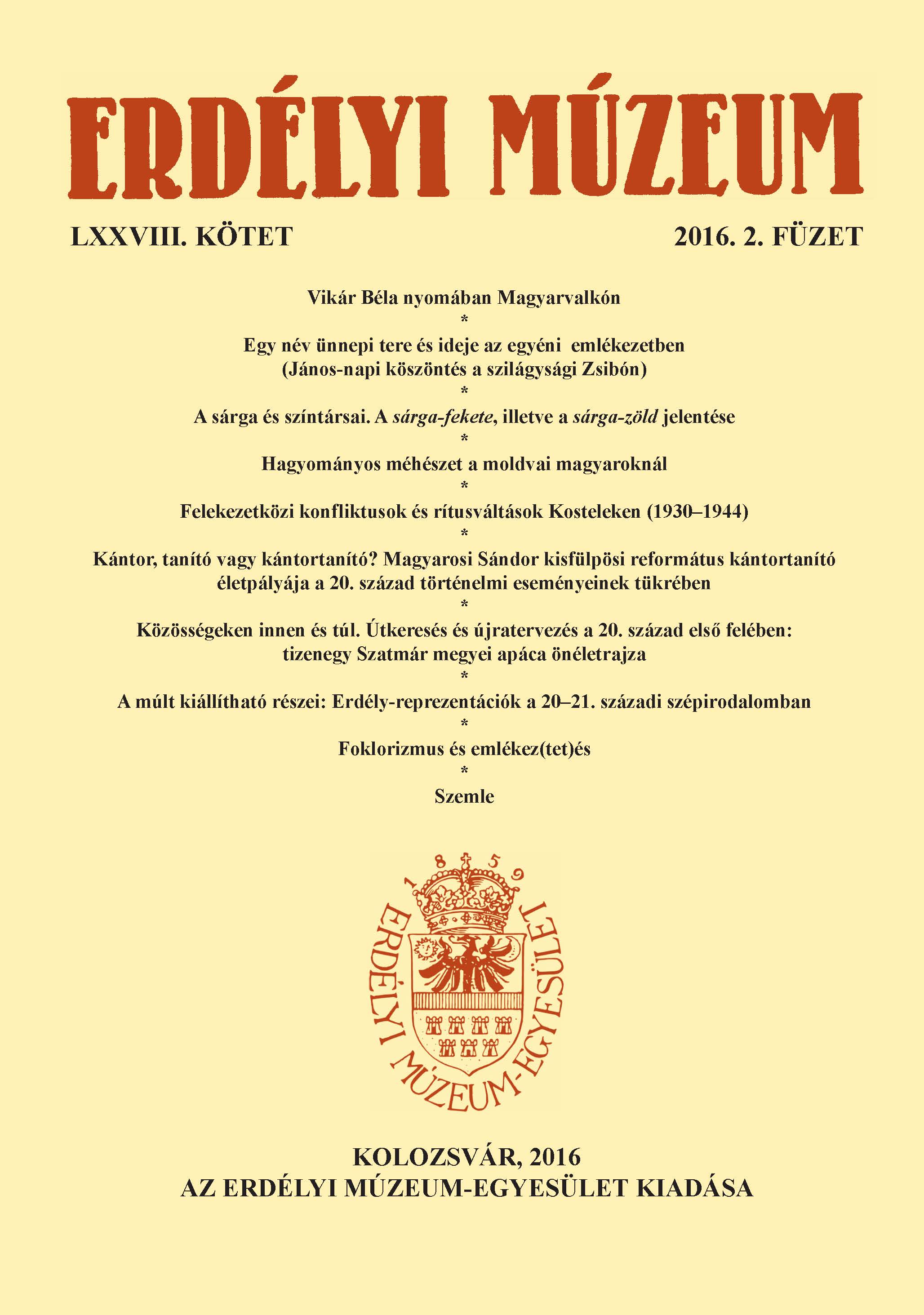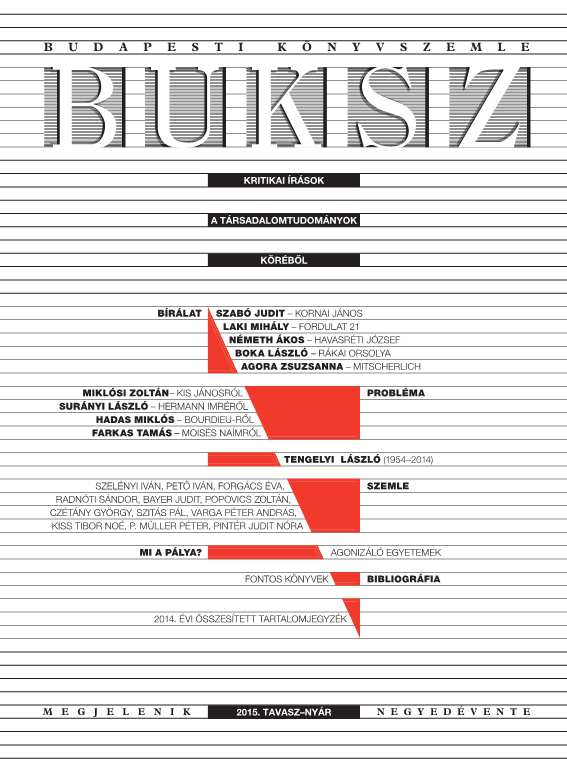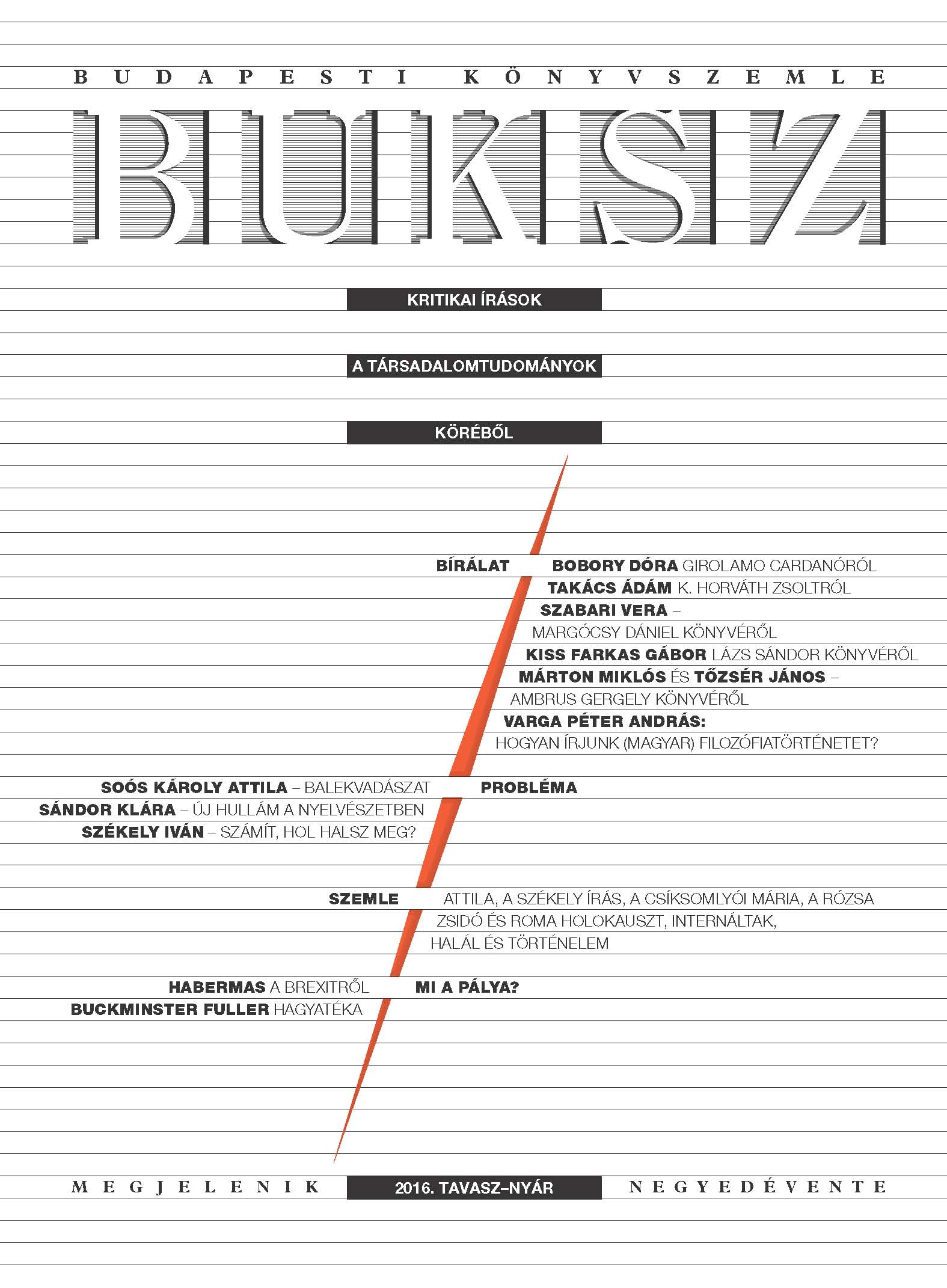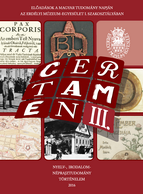
Körmöczi János könyvtárának feltárása
In 1794 János Körmöczi started his academic journey from Kolozsvár through Vienna, Pozsony and Jena where he took courses at the famous foreign universities arriving finally at the main faculty in Göttingen and heading back to his home country by the autumn of 1797 in order to fulfill his duty as teacher of physics and mathematics at the Unitarian college from Kolozsvár. During his peregrination journey he took precise notes and made purchase lists of all the books he bought for himself, as well as for his teachers from his home town. By studying this book lists and his diary I begin with the assumption that the two Prussian universities of Jena and Göttingen above all, encompass such a specific place and time determined set of knowledge, which can shed light on his later choices of subject encountered in his printed sermons. In this context I was particularly interested in the sociological background of the books, but took also into account aspects such as purchasing conditions or intermediary roles in the spirit of the Respublica Literaria.
More...
